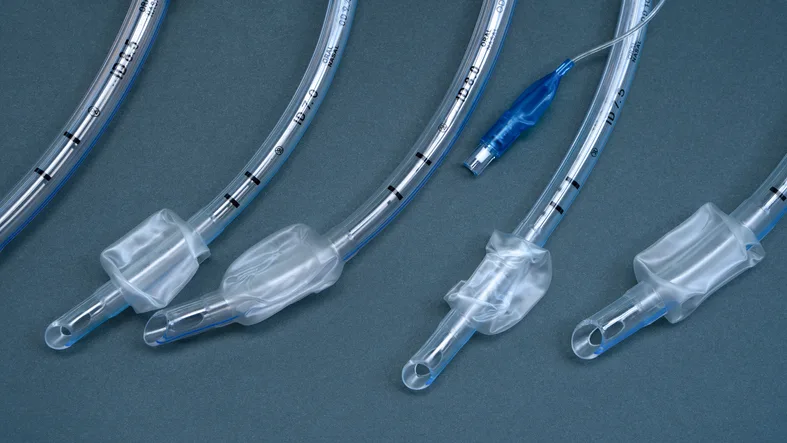
In the Literature
Marquis CR, Gull T, Dodam J, Thombs L, Bukoski A. Comparison of four endotracheal tube cleaning protocols in anesthetized dogs. J Am Vet Med Assoc. 2023;261(3):336-341. doi:10.2460/javma.22.10.0446
The Research …
Although endotracheal tubes (ETTs) are single use only in human medicine, reuse in multiple patients is routine and accepted in veterinary medicine. No clinical studies have evaluated methods of cleaning ETTs.
In this study, an online survey of 11 board-certified veterinary anesthesiologists assessed current ETT reuse and cleaning practices. Results showed 91% of anesthesiologists reused ETTs, and 90% of these did not limit the number of reuses. ETT cleaning processes included physically scrubbing the tubes with a brush and rinsing with tap water before and/or after cleaning. Of respondents who reused ETTs, 90% used chlorhexidine gluconate in varying concentrations during the cleaning process with contact times ranging from 10 minutes to an unspecified or unknown amount of time, and 50% indicated ETTs were not sterilized prior to reuse.
Based on the survey results, a prospective study compared 4 cleaning protocols: water scrub (P1), detergent scrub (P2), detergent scrub and chlorhexidine gluconate soak (P3), and detergent scrub and bleach soak (P4). Sterile ETTs (n = 100; 25 in each cleaning protocol group) were placed in dogs during a surgical procedure and then cultured for bacterial growth at the time of extubation (before being cleaned). Growth was noted in 76% to 88% of ETTs in each group. After the ETTs were cleaned, bacterial growth was not found in 60%, 56%, 80%, and 68% of tubes from cleaning protocols P1, P2, P3, and P4, respectively, with no significant differences among groups.
… The Takeaways
Key pearls to put into practice:
Scrubbing with a soft nylon brush, rinsing with tap water, and allowing time to dry was an acceptable cleaning method for ETTs, with little risk to the next patient.
Addition of soap, chlorhexidine solution, or bleach solution provided no demonstrable benefit over water scrub alone.
You are reading 2-Minute Takeaways, a research summary resource presented by Clinician’s Brief. Clinician’s Brief does not conduct primary research.